«Fascinating Documents» from the Archive of Artistic Photography in the Rhineland (AFORK)
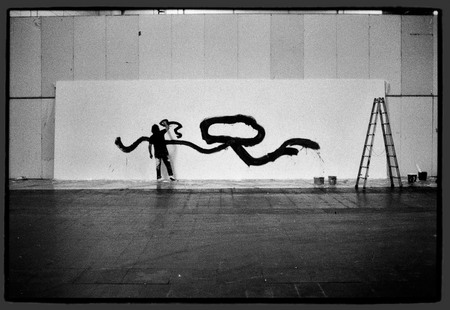
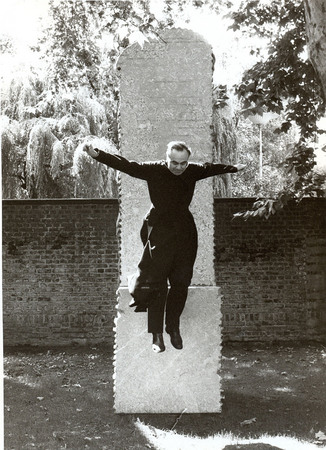
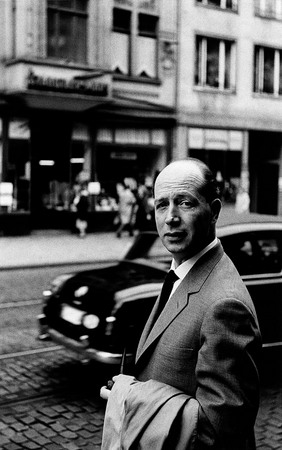

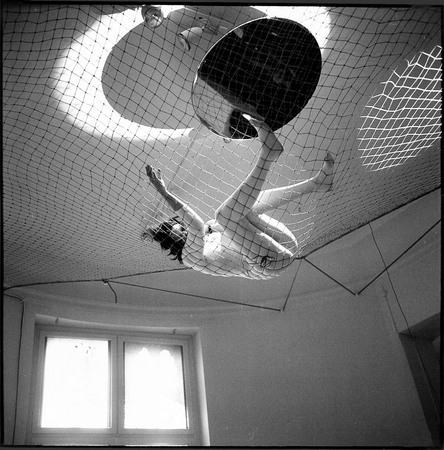
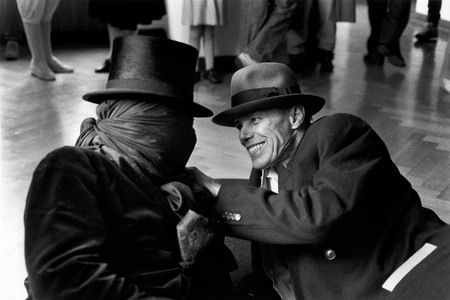
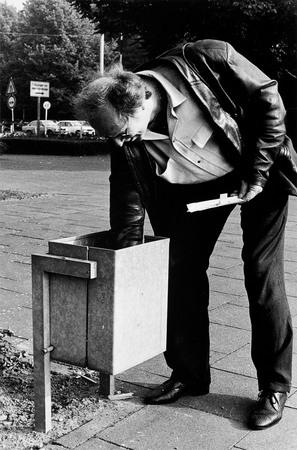
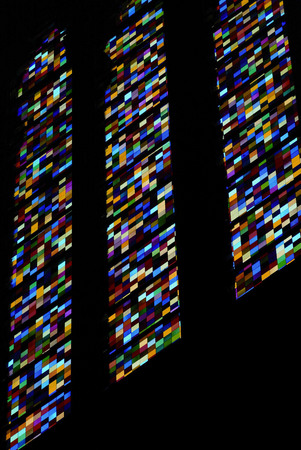
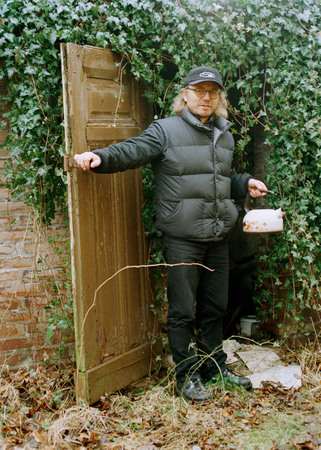
Benjamin Katz. A.R.Penck painting “Quo vadis Germania?”. 1984. Museum Kunstрalast, Düsseldorf, Photographic Archive of Rhineland Artists (AFORK).© VG Bild-Kunst, Bonn 2011
Benjamin Katz. Father Friedhelm Mennekes, Cologne.1985. Kunstрalast Museum, Düsseldorf, Photographic Archive of Rhineland Artists (AFORK) ©VG Bild-Kunst, Bonn 2011
Manfred Leve. Karl Otto Gotz. 1959. Museum Kunstрalast, Düsseldorf, Photographic Archive of Rhineland Artists (AFORK) ©VG Bild-Kunst, Bonn 2011
Ute Klophaus. Nam June Paik, Cologne. 1963. Museum Kunstрalast, Düsseldorf, Photographic Archive of Rhineland Artists (AFORK).©Estate of Ute Klophaus
Erika Kiffl. Ulrike Rosenbach, Performance. Museum Kunstрalast, Düsseldorf, Photographic Archive of Rhineland Artists (AFORK). © Erika Kiffl
Benjamin Katz. James Lee Byars and Joseph Beuys at the exhibition “To the Happy Few: die Sammlung Reiner Speck”. The Museums Haus Lange, Krefeld, Museum Kunstрalast, Düsseldorf, Photographic Archive of Rhineland Artists (AFORK).© VG Bild-Kunst, Bonn 2011
Benjamin Katz. Sigmar Polke, in front of the Dusseldorf Fair.1983. Kunstрalast Museum, Düsseldorf, Photographic Archive of Rhineland Artists (AFORK) ©VG Bild-Kunst, Bonn 2011
Max Gronert, Gerhard Richter. Window on the southern transept, Cologne Cathedral, on the day of the inauguration, 25. August, 2007.Museum Kunstрalast, Düsseldorf, Photographic Archive of Rhineland Artists (AFORK). ©Max Gronert / Gerhard Richter
Jost Wischnewski. Reinhard Mucha / N.O.Stellwerk Neandertal Ost. 2000. Museum Kunstрalast, Düsseldorf, Photographic Archive of Rhineland Artists (AFORK).© VG Bild-Kunst, Bonn 2011-01-12
Moscow, 19.05.2011—7.07.2011
exhibition is over
Share with friends
For the press
The exhibition will display more than 250 photographs from the AFORK archive, giving the public a unique opportunity to get behind the scenes and see art in the making. Here they can observe the process by which artworks are created and feel that they too are participating in a creative act, making a journey back through time.
The tradition of recording an artist's studio for posterity dates back to the advent of photography in the late 19th century. In those early years Edward Steichen photographed Auguste Rodin at work, Andre Kertesz photographed the studios of Fernand Leger and Piet Mondrian, and Brassai was acclaimed for his atmospheric images of the studios of Henri Matisse and Pablo Picasso. In the mid-1950s, in a period when Rhineland art was flourishing and contemporary German art appeared in the world arena, photographers were actively engaged in documenting the artists' activities.
Benjamin Katz, Peter Kastner, Willi Kemp, Erika Kiffl, Manfred Leve, Anton Stankowski and Lothar Wolleh are just a few of the photographers represented in the Photographic Archive of Rhineland Artists who trained their lens on the artist at work. Selected works from the collection are divided into five themes — studios, performances, the Academy of Arts, exhibitions and a separate, final, group of 53 portraits of artists.
Photographs by Paul Brandenburg, Margret Mack, Manfred Leve and Lothar Wolleh show the artists Otto Piene, Heinz Mack and Gunther Uecker in the process of creating their early works. From 1957 onwards they held joint evening exhibitions in their studios and in 1958 founded the legendary Zero group. Manfred Leve took photographs at previews and art actions by Fluxus members from 1956, and from 1967 in the studios of Dusseldorf artists such as Sigmar Polke, Konrad Lueg, Ferdinand Kriwet, Winfred Gaul and Peter Bruning. The photographer Erika Kiffl was always intrigued by the interior as well as the person who worked there, and her colour studies of Gerhard Richter from 1967 are of particular interest.
Works by Cologne photographer Benjamin Katz from the 1980s provide a photo-documentary of such important exhibitions as 'Western Art' (1981), "Beginning From Here" (Dusseldorf, 1984) and "Contradictory Images" (Cologne, 1989). Looking at these images, viewers feel they have been transported into the exhibition space, becoming 'viewers twice over', of the photograph and of the event depicted in it.
Looking at photographs taken in an artist's studio can be more interesting than reading detailed theoretical texts on their work, since pictures retain the aura in which an art object was conceived and give a closer understanding of the creator. When we see the working environment of Gerhard Hoehme or C. O. Paeffgen it is easier to comprehend artworks that may appear inaccessible at first sight.
The present collaboration between the Photographic Archive of Rhineland Artists and the Moscow Multimedia Art Museum offers the Moscow public a splendid opportunity to rediscover the art of the second half of the 20th century through a photographic chronicle of art events in Dusseldorf and Cologne — and to feel the magic of the place where this art originated, and lives on.










